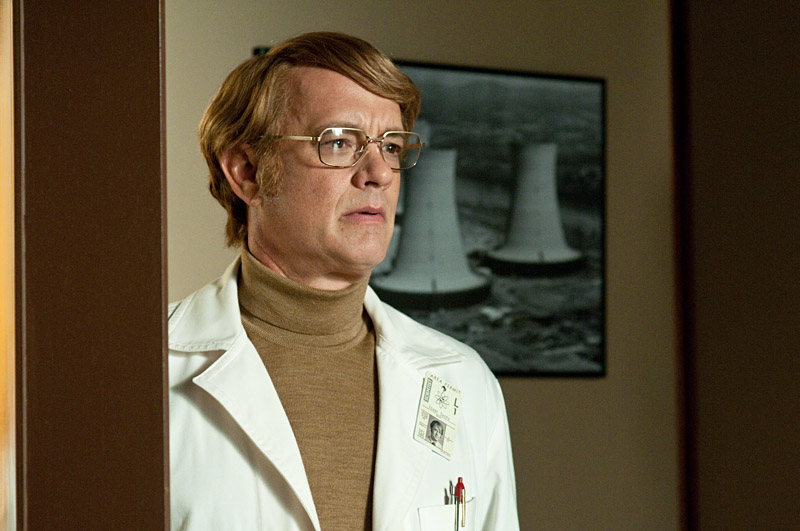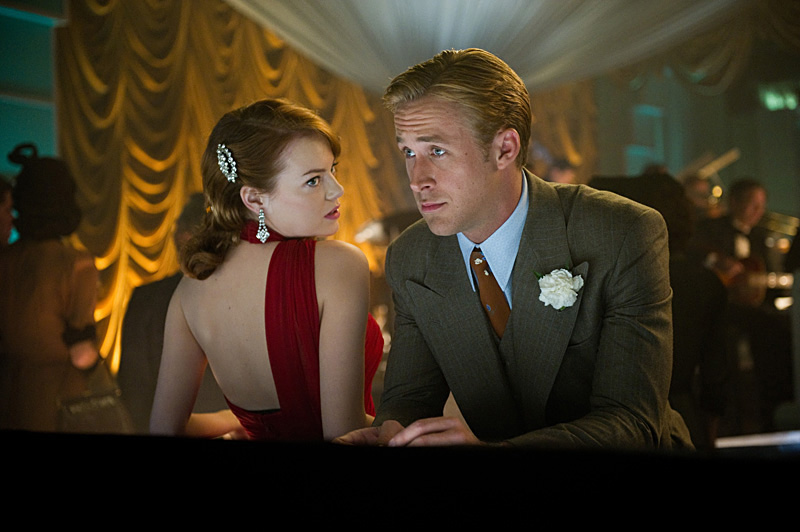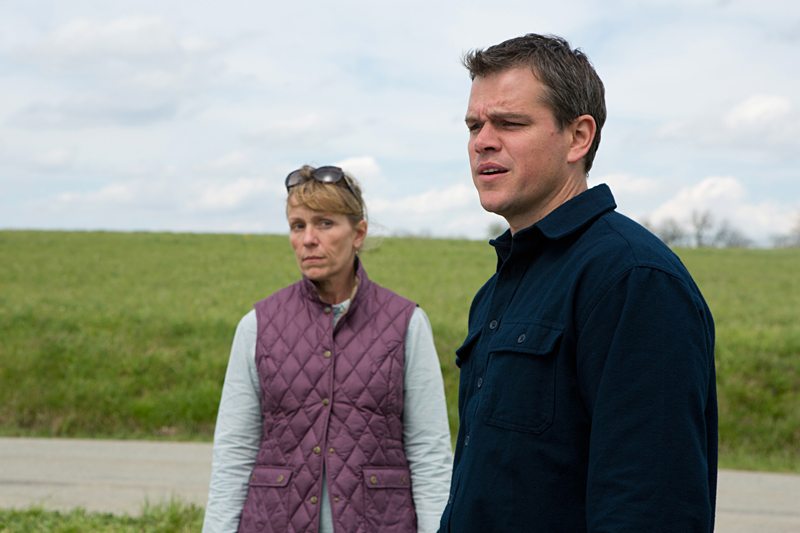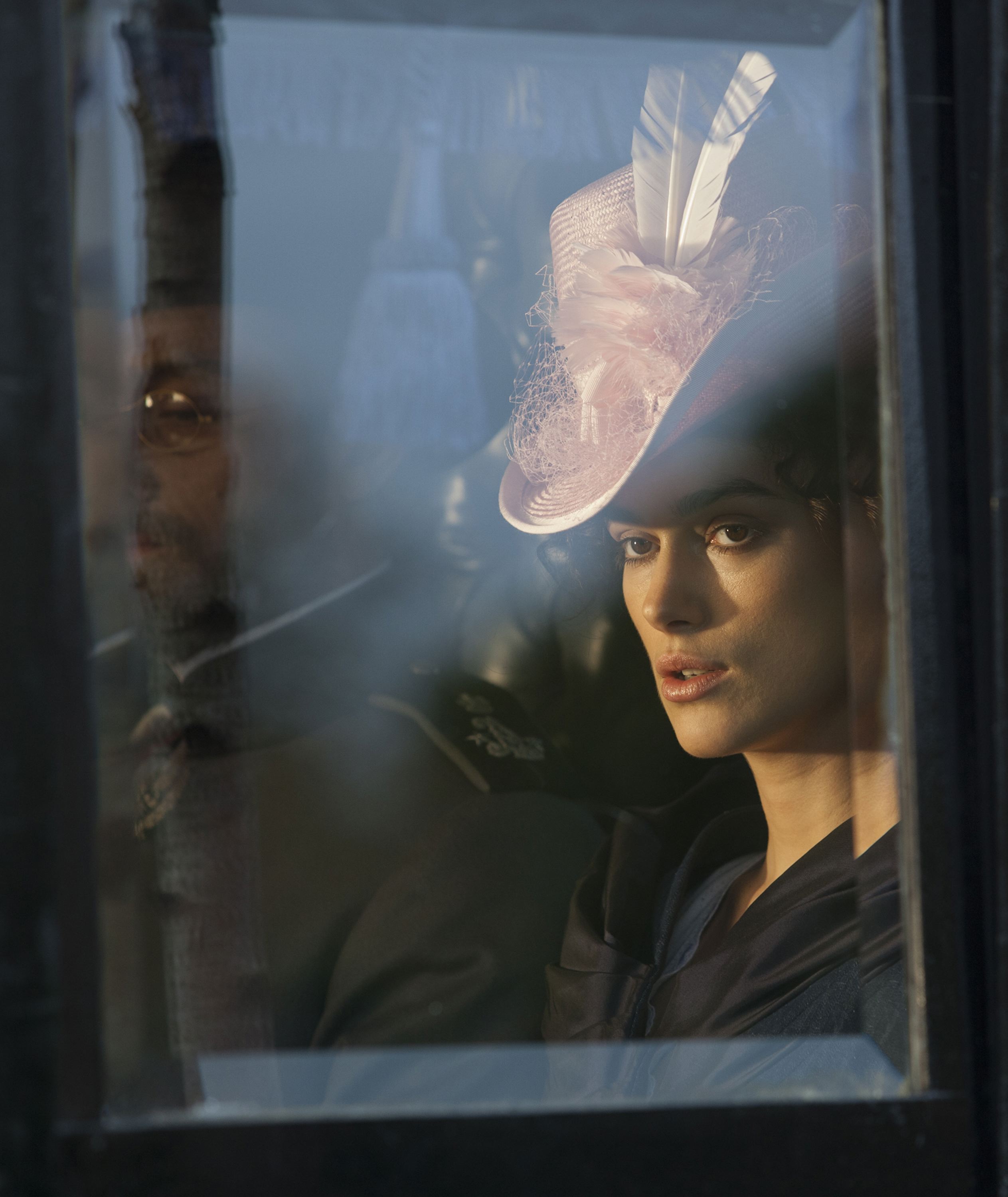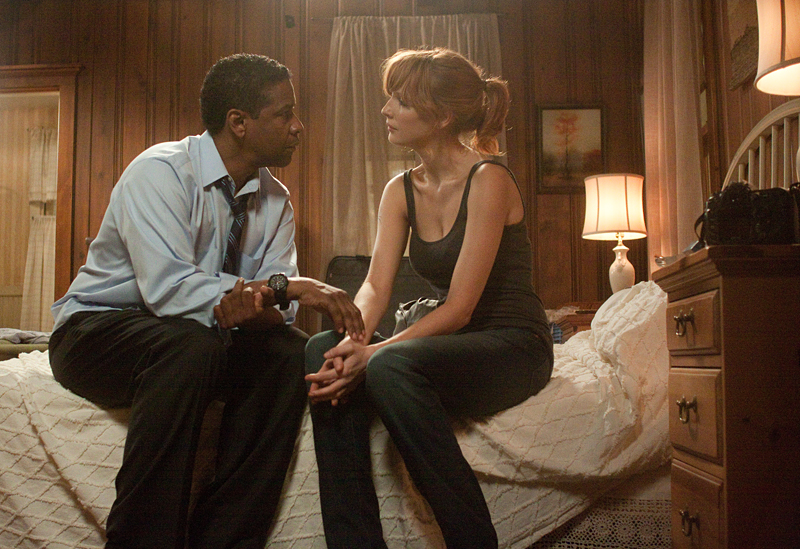The trailer for this gargantuan adaptation of David Mitchell’s 2004 novel, directed by two Wachowski siblings and Tom Tykwer, looks less like a preview than a whole slate of coming attractions, so many and varied are the times and places in which it touches down. The success of Inception makes this sort of busy, “difficult” blockbuster suddenly viable. More than anything in the contemporary multiplex, however, Cloud Atlas resembles D.W. Griffith’s 1916 Intolerance, with its four parallel narratives. What does it say about studio moneymen when the innovations of a century ago still look risky? Like Mitchell’s book, Cloud Atlas contains six narratives set in parallel motion, each coming in and out of view regularly like figures in a carousel. The same voices and faces—that is, actors—recur in different roles along the timeline, even playing against racial type and gender: Jim Sturgess dons epicanthic folds and Kyle MacLachlan’s hair in Neo Korea; Halle Berry wears whiteface as the wife of World War II–era Jim Broadbent, etc. It’s tempting to pull for a formally ambitious, queer-friendly, R-rated blockbuster that uses the word “amanuensis” and seems designed to drag viewers into uncomfortable new idioms. There is, however, a viewing experience to consider. Each segment feels more like an extended trailer for itself than like a sound narrative unit. Maybe this incompletion is purposeful, but it’s a problem when what’s invariably elided or taken for granted is the very human connection and commiseration that is supposedly the most vital force in the universe. There is a great deal of humbug about art and love in Cloud Atlas, but it is decidedly unlovable, and if you want to learn something about feeling, you’re at the wrong movie.
Cloud Atlas: WTF, Wachowskis?
